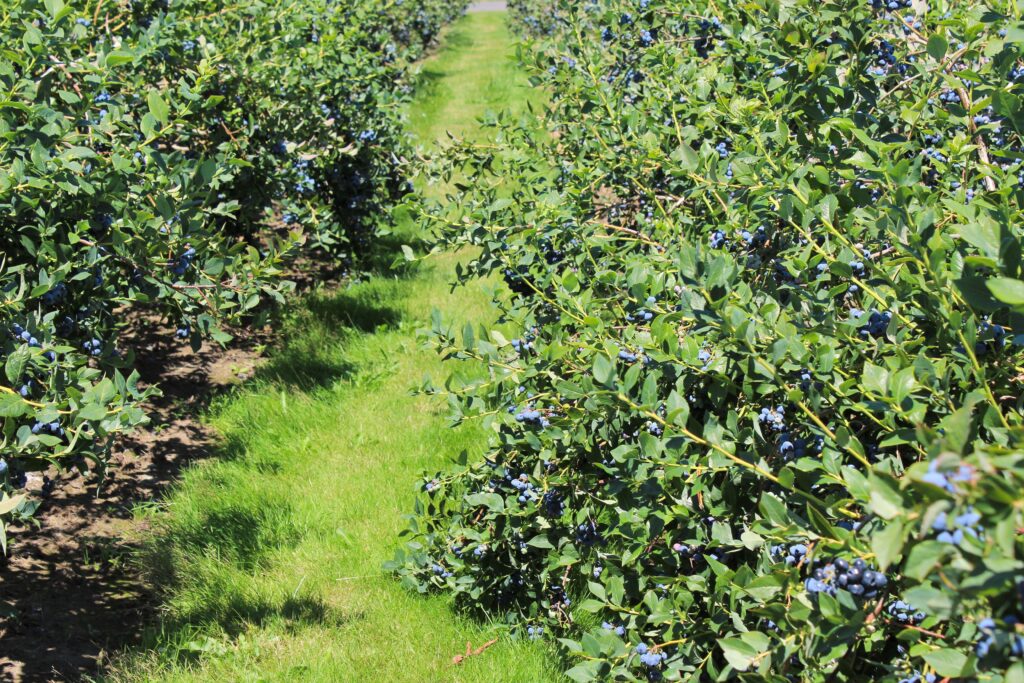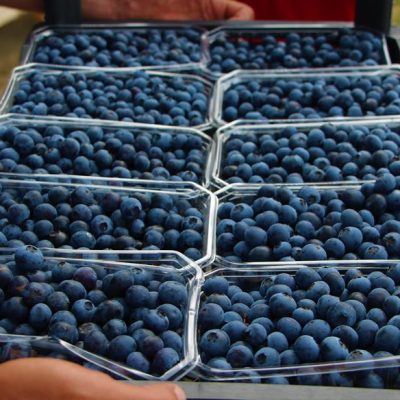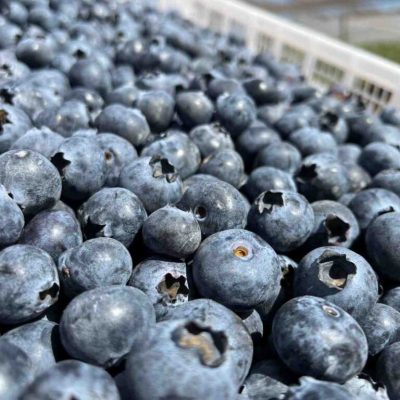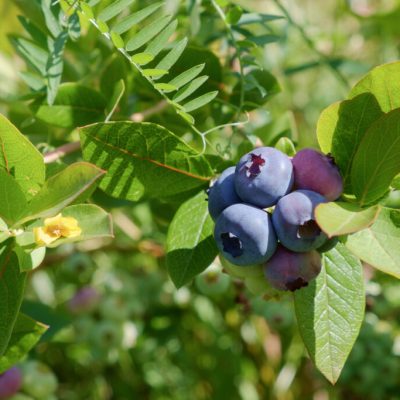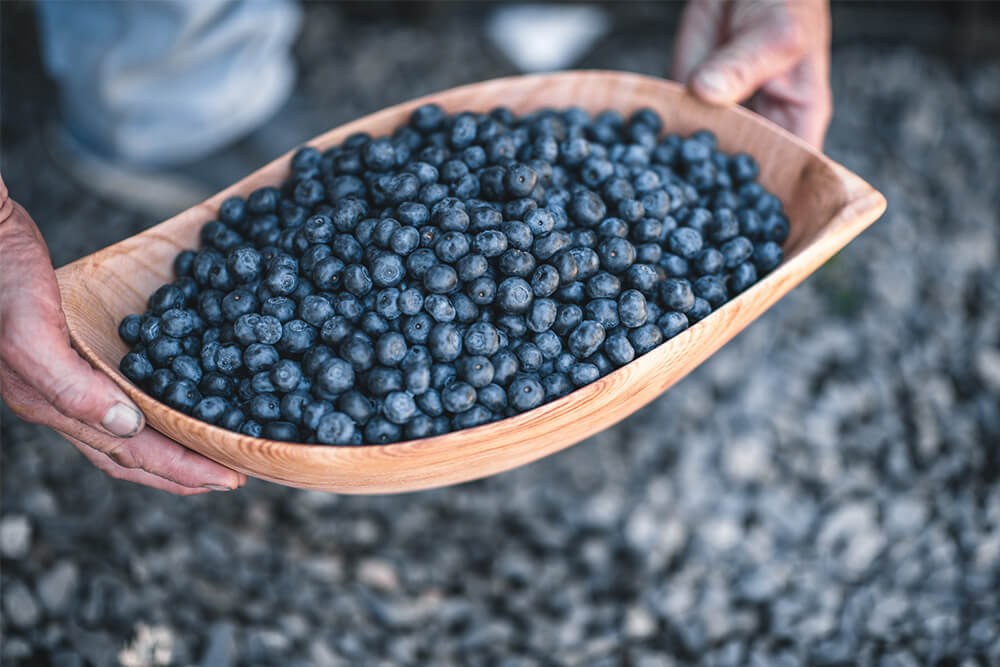Agronometrics in Charts: British Columbia’s blueberry season kicks off
In this installment of the ‘Agronometrics In Charts’ series, Sarah Ilyas studies the state of British Columbia’s blueberry industry. Each week the series looks at a different horticultural commodity, focusing on a specific origin or topic visualizing the market factors that are driving change.
In Canada, blueberries occupy a preeminent position in terms of growing area and farm gate value. The cultivation of both wild (low bush) and cultivated (high bush) blueberries has undergone substantial expansion over the past decade. The bulk of Canadian blueberries are harvested from late July to early September, with early varieties harvested in early July and potentially extending into October, weather permitting. Over 90% of Canada’s cultivated commercial blueberry crop is grown in British Columbia.
The production area of cultivated blueberries has increased by 27% over the past decade. According to Joseph Vargas, Director of Business Intelligence at the U.S. Highbush Blueberry Council, The U.S. import forecast for Canada is 57.1 K tonnes. “Last year, we saw 341 million lbs. coming out for lowbush and for this season it’s 310 million, so a slight decline over last year,” says Vargas.
Industry stakeholders are expecting a range of new avenues and possibilities that hold potential for growth and advancement in the market. “We anticipate fresh market pricing in the peak season to be more competitive than what it has been the past two years,” says Rhonda Driediger of Langley, B.C.-based Blueridge Produce and Driediger Farms.
This is thanks in part due to a challenging processing market right now. “The last couple of years during COVID, the market was really unsettled. There were a series of price increases and there was good movement but we knew it would correct one day. We just didn’t think it would be corrected so quickly and so drastically,” she says.
 Source: USDA Market News via Agronometrics.
Source: USDA Market News via Agronometrics.
(Agronometrics users can view this chart with live updates here)
 Source: USDA Market News via Agronometrics.
Source: USDA Market News via Agronometrics.
(Agronometrics users can view this chart with live updates here)
According to the Blueberry Annual Voluntary Report published by the USDA, British Columbia growers encounter a multitude of challenges, including exorbitant land costs. Additionally, growers have expressed apprehensions regarding pollination issues. Canada has witnessed substantial declines in bee populations in recent years, and the restocking efforts have been impeded due to transportation disruptions caused by the pandemic. Growers firmly maintain that their production could potentially surge by 30 percent if they were granted access to appropriate pollination services.
Over the course of the previous decade, the Canadian blueberry industry has also experienced fluctuations in production due to a combination of weather events, pricing impacts resulting from the growth of global production, labor and supply chain disruptions, and the adverse effects of the COVID-19 pandemic.
The mid-2010s witnessed a robust blueberry production period, both domestically in Canada and on a global scale, which led to notable declines in pricing. Canada achieved its pinnacle production in 2016. However, production levels have since subsided as acreage, particularly in the case of wild blueberries, was reduced due to prices dropping below the cost of production.
In more recent times, there has been an expansion in acreage, particularly in the case of wild blueberries, driven by increasing consumer demand and subsequent price increases. The reported acreage for 2021 stands as the highest recorded in the past decade.
In our ‘In Charts’ series, we work to tell some of the stories that are moving the industry. Feel free to take a look at the other articles by clicking here.
All pricing for domestic US produce represents the spot market at Shipping Point (i.e. packing house/climate controlled warehouse, etc.). For imported fruit, the pricing data represents the spot market at Port of Entry.
You can keep track of the markets daily through Agronometrics, a data visualization tool built to help the industry make sense of the huge amounts of data that professionals need to access to make informed decisions. If you found the information and the charts from this article useful, feel free to visit us at www.agronometrics.com where you can easily access these same graphs, or explore the other 21 commodities we currently track.
25/07/2023

